Willow on the site
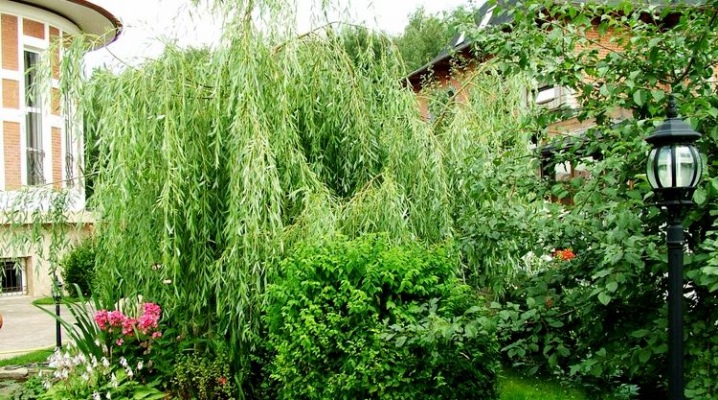
Willow is a beautiful tree or shrub that will decorate any garden with its appearance, and its useful properties will be in demand on the farm.

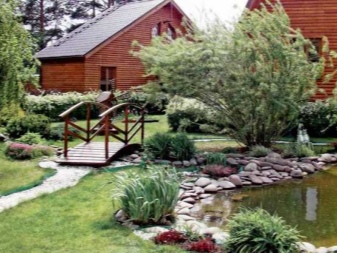
Peculiarities
Willow is known for her unpretentiousness... Acidic moist soils, as well as loamy or sandy soils, are considered suitable for crops. It can often be found on the banks of reservoirs, in the lowlands. The willow will feel just as good on the site near the house. She knows how to take root perfectly, you just need to provide her with abundant watering.
Today it has become popular to plant willow on the site, especially if there is a garden there. There are good and bad sides to this practice.

The presence of willow in the country adds to the farm several advantages.
- Decoration... Proper care (timely pruning) allows you to grow a thick and beautiful crown. Willow shrubs can be shaped aesthetically.
- Long flexible willow rods are used in arts and crafts... Whole sculptures are created from them, as well as wicker garden furniture, baskets, and household items.
- The possibility of creating a hedge... For this, both willow branches and the trees themselves, planted in a row, are used.
- Usefulness in animal husbandry... In winter, willow leaves can be added to feed for goats and rabbits.
- Beekeeping... As a well-known honey plant in spring, willow is planted in beekeepers' plots.
- Traditional medicine ingredient... Due to the presence of acetylsalicylic acid, willow bark and leaves are used as a medicinal agent with high antibacterial properties.
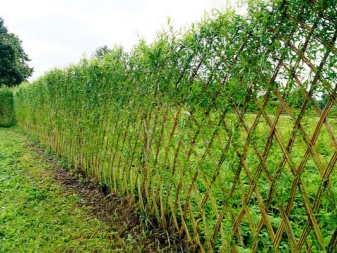
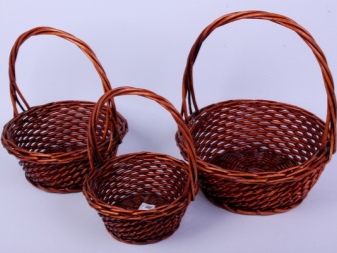
However, it can cause some problems as well.
- Willow thickets due to rapid growth. If you miss the time of pruning, then it will begin to occupy other people's territories, and it will be difficult to approach it itself.
- Willow is very fond of aphids. It can spread to neighboring fruit trees.

But these shortcomings are easy to deal with. Treating with chemicals will help get rid of the aphids. It is better not to plant fruit trees and willows nearby.
Regular pruning of the branches will stop the willow from growing. The first haircut should be done when the tree is 4-5 years old. Spring or early summer is the best time for this. It is required to cut approximately 30 cm.
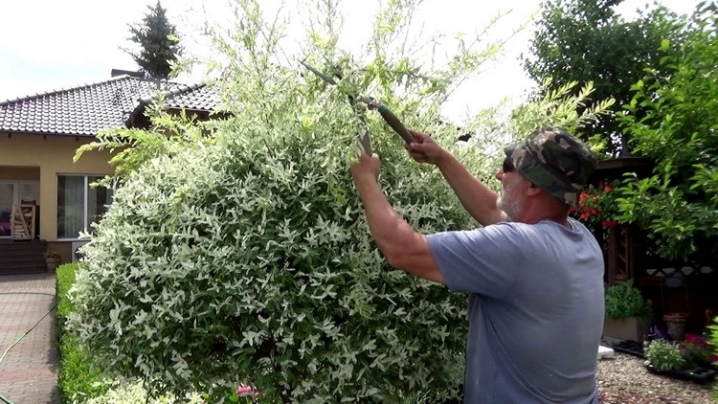
It is not recommended to prune the tree during flowering. And you can also limit the growth by installing a special fence.
What species can be planted in the yard?
It is often impossible to grow tall willows on the plots due to their size. Breeders solved this problem and bred several compact but beautiful species for small areas. The advantages of dwarf species also include frost resistance. They are available for cultivation in the northern regions.
Consider several options for low-growing compact species of willows.
- Dull-leaved... Plants of this species are creeping shrubs of brown color, growing no higher than 30 cm. Leaves on short petioles are shiny, oblong in shape.
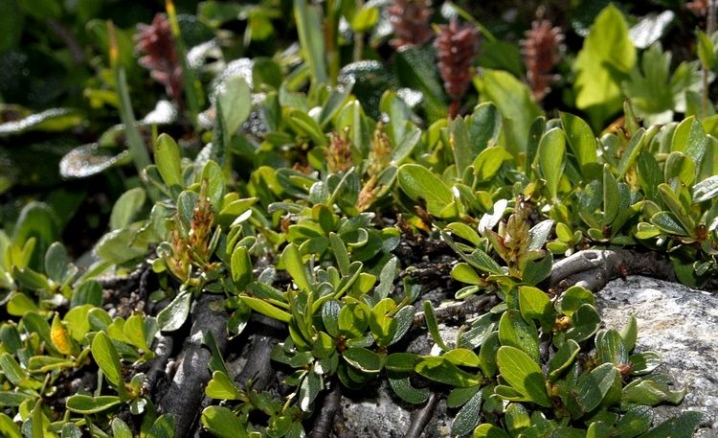
- Mesh... It is characterized by creeping, brown, branched shoots, up to 50 cm in length. Leaves are oval, pointed, on which a pattern of veins is clearly distinguishable.
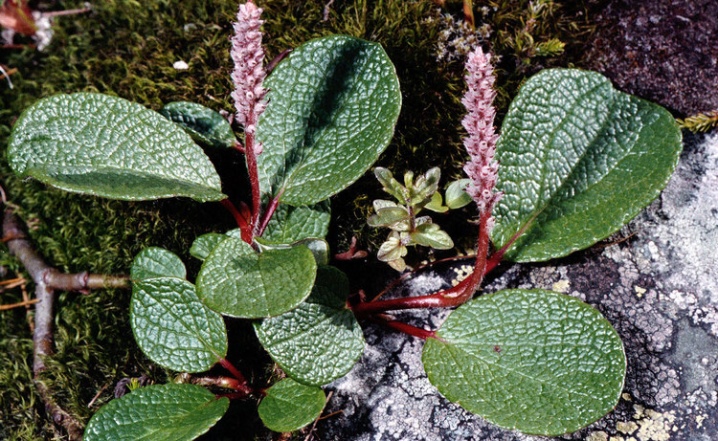
- Herbaceous... Low (no higher than 15 cm) bush with rounded petals. At first, the stems are yellow, later they become brown.

Larger willow species available for cultivation on site are also common.
- Whole-leaved Hakuro-Nishiki... It grows up to 1.5 m in height and 1.5 m in crown diameter. It can be a bush or after grafting with a standard tree. Leaves are white-green, pink at the ends.This variety requires sufficient moisture and light. The shrub winters well, the standard version needs to be covered.
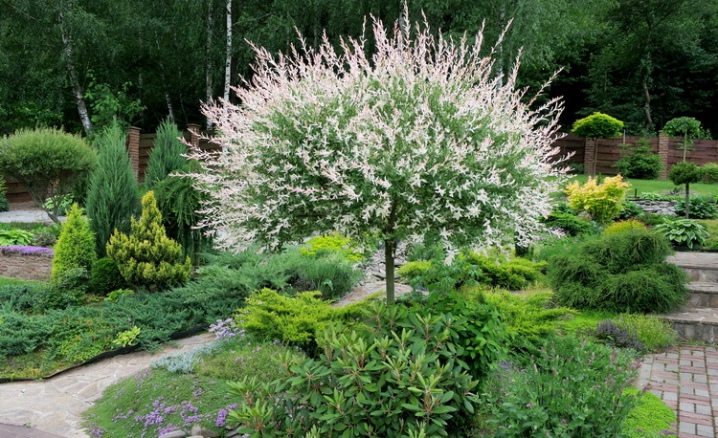
- Purple Nana... Shrub up to 1.5 m high and red-brown shoots with earrings. The crown has a spherical shape and a diameter of up to 2 m. The leaves are narrow, silvery-green, turning gray in summer. Resistant to frost and drought. The crown is easy to cut, it can be easily shaped into a ball.
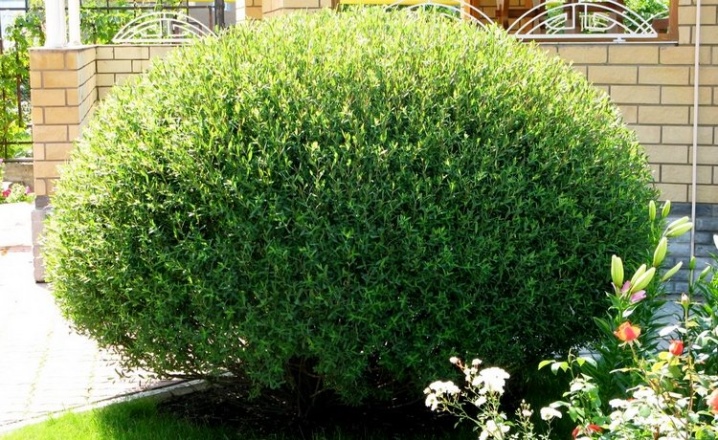
- The Ural (Sverdlovsk) winding. Grows up to 4 m maximum. It is characterized by twisted shoots and wavy leaves. The branches are yellowish at first, later turning red. The variety is unpretentious, frost-resistant.
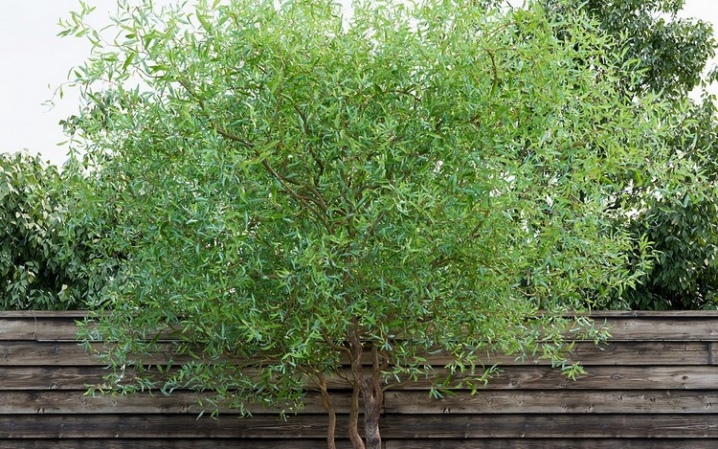
- In memory of Mindovsky. The tree has a wide oval crown up to 6 m in diameter, grows up to 7 meters in height. Long branches, golden olive in color, hang down to the ground. Frost resistant.
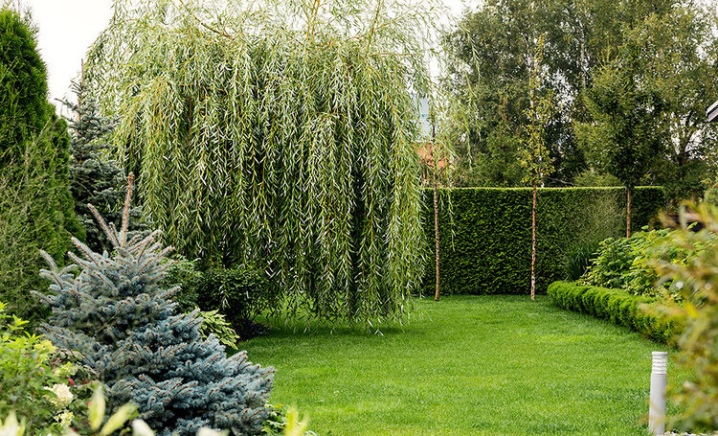
- Ledebour... It can be a shrub or a short tree. The crown is round, about 4 m in diameter. Light gray shoots with small, elongated, greenish-silvery leaves.
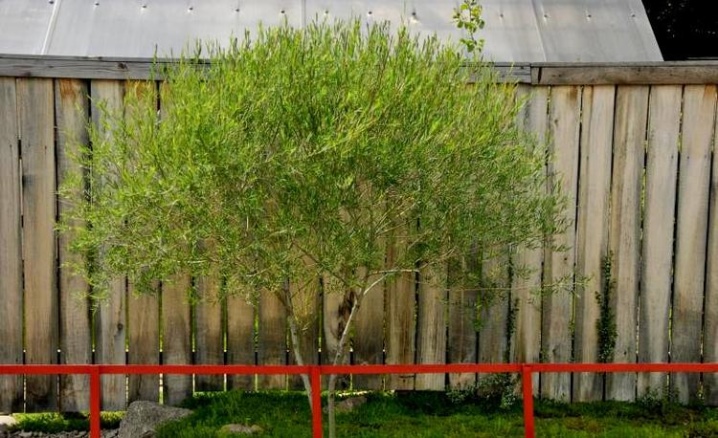
- Matsuda or matsudana (winding)... Gained popularity for its interesting wriggling shoots. The height of the tree can reach 13 m. It is frost-resistant with a deep-lying root system.
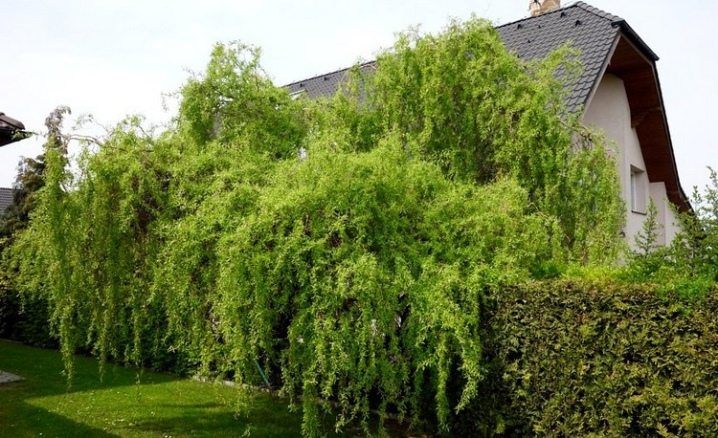
- Udskaya (Udi)... A tall shrub that grows up to 5-8 m in height. Willow is demanding for sufficient moisture. This variety is popular for propagation by cuttings. Not too resistant to frost, which is why not all branches of the bush will survive the winter. However, in the spring, with the arrival of heat, the bush will recover.
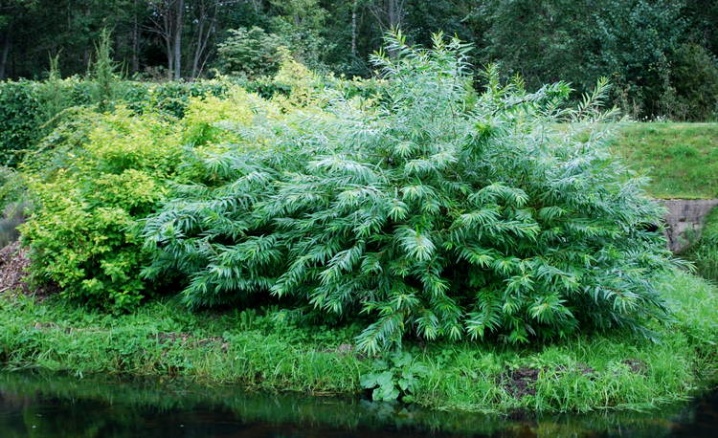
- Weeping... The height of the tree can reach 20-30 meters, and some trees are 90 years old. The crown is wide, drooping, grows well near water bodies.
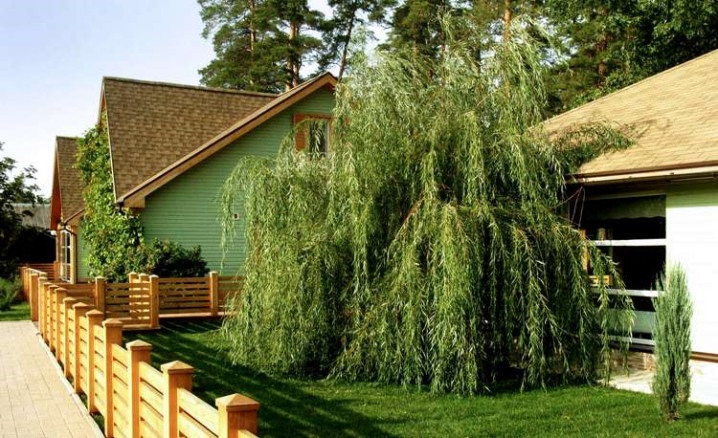
What to plant next to a willow tree?
The successful placement of the willow on the site depends on the combination with the forms of the surrounding plants.
Willow is often planted next to garden ponds. Aquatic species look good next to it - sedge, reeds and water iris. It is a good idea to plant moss and ground cover plants in a nearby area.


It may be helpful to combine willow and large flower gardens, as some varieties of flowers require the shade that the tree can provide.
Another good option is planting next to ornamental deciduous and beautifully flowering shrubs, for example, thuja, cypress or juniper.
Superstition
It was believed that the weeping willow helps to get rid of bad moods and sad thoughts, as it can sympathize with grief. For such deliverance, it was necessary to sit under a willow tree and tell her about your worries and sorrows.

According to one of the signs, it is impossible for the willow to grow near the window, otherwise the residents of the house will be haunted by misfortune. On the contrary, if the plant is placed on the site correctly, according to Feng Shui, it will become a source of peace.
To protect against the evil eye, it was recommended to keep willow branches at the entrance to the house.
For more information about willow on the site, see the video below.



































































The comment was sent successfully.